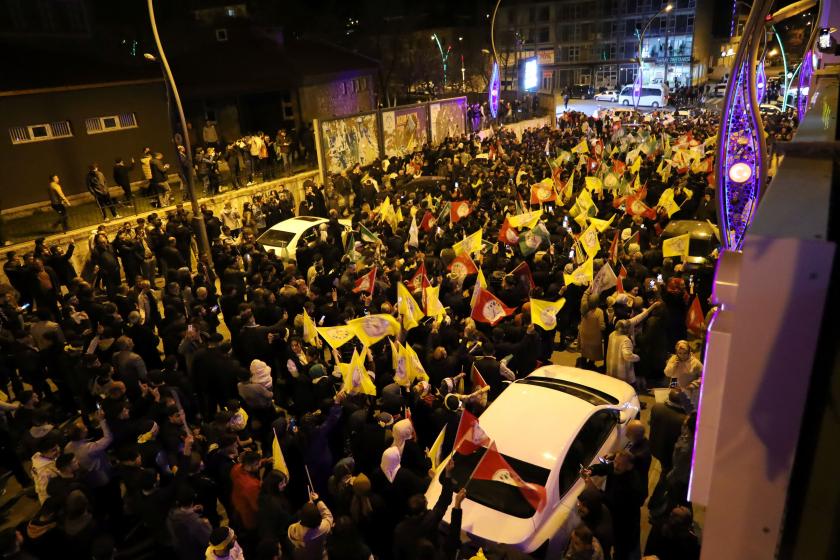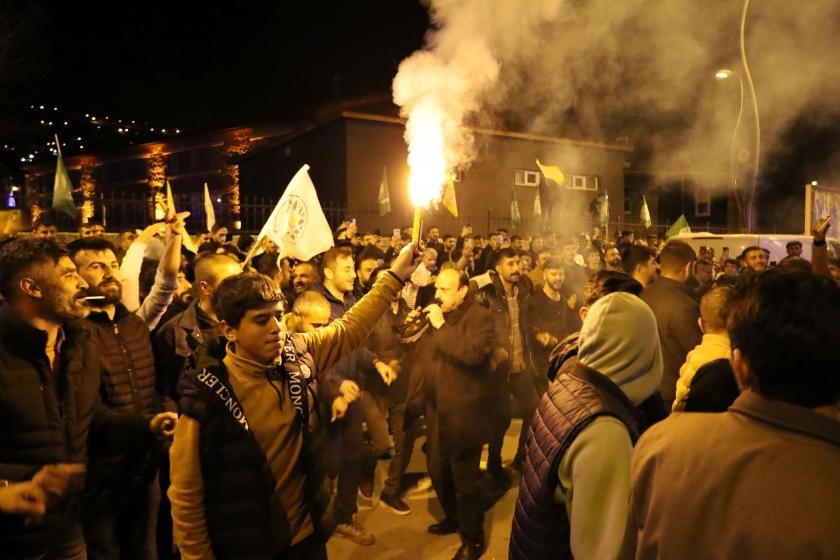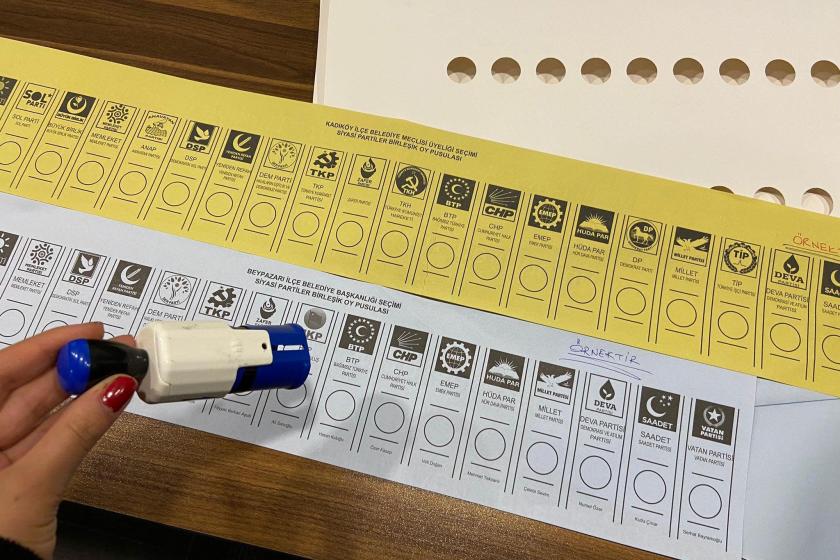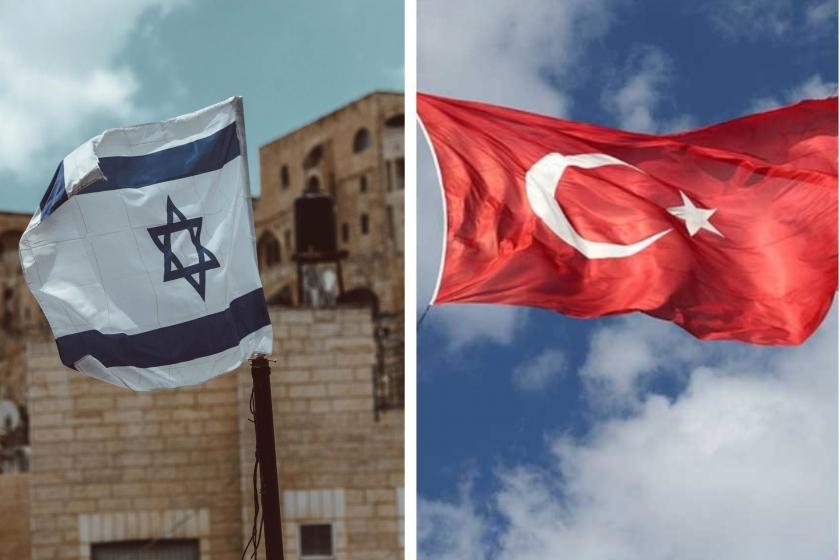The title of one of the articles I wrote following the start of the “Euphrates Shield” operation in August 2016 was “The Buffer is no Ointment for the Wound.” This operation, after all, was staged to create a buffer zone with the aim of preventing two Kurdish cantons (Kobani and Afrin) from uniting. And this “buffer” could only be brought into existence with the support/approval of one of the forces in the fight for domination within the equation that was being reformulated in line with the changing balances in the region (the Middle East) – Russia.
“Buffer zone” has been a veritable magic word for the Erdoğan administration since the day it set out to lead the intervention in Syria until now, because what is understood by “buffer” is setting up bases to overthrow the Syrian regime and eliminate the Kurdish entity. The goal of the “buffer zone” was later narrowed, restricting it to eliminating the Kurdish entity. And the Afrin operation was staged with this end in mind. But, despite the mass of propaganda the administration made while conducting this operation, these little buffers were seen to be no ointment at all for the wound.
Now the creation of a “buffer” or “secure zone” is being mooted at the behest of US President Trump. Trump’s proposal is for the stretching of a twenty-mile-wide “strip” across northern Syria. As could be imagined, the head of our administration leapt at this suggestion from Trump saying, “This had occurred to me, too.” However, it is not hard to imagine, either, that the expectations of the US and those of the Erdoğan administration will diverge despite the continued lack of clarity as to how the “secure zone” will come into being because the latest pronouncements emanating from the US front from Trump to US Secretary of State Pompeo all place the emphasis on “protecting the Kurds” – and lying behind this emphasis is the way the US’s quest for cooperation with Turkey is bringing the Kurds closer to the Syrian regime and Russia and a consequent endeavour by the US to impede this closening.
Nevertheless, however much ISIS’s name features in the announcements that are made, it is no secret that the basic target of the administration in Turkey is the Kurdish entity that it sees as being a “terrorist formation.”
When considered in conjunction with the Ankara visit of the delegation headed by Trump’s National Security Advisor Bolton, this shows that Trump’s proposed “secure zone” is/will be part of a calculation to turn the US’s act of withdrawal from Syria into a move that strengthens its supports in the region. However, it must not be forgotten that Russia, Iran and the Syrian regime, having considerable initiative at their disposal in Syria, are another side to this calculation. On the other hand, contrary to US expectations, it is highly likely that the Kurds/Syrian Democratic Forces will proceed to move even closer to the Syrian regime when faced by such an initiative (buffer/secure zone) in which Turkey will be influential.
So, what does the endeavour to create a buffer/secure zone signify within this context?
In the first place, it must be said that this initiative will thwart expectations of a political solution in Syria or, at the very least, is/will be a delaying step.
Secondly, many factors such as the bomb attack in Manbij for which ISIS has claimed responsibility, the announcement from Jolani, the Leader of al-Nusra-continuation Hay'at Tahrir al-Sham which has taken control to a large extent in Idlib, that he supports Turkey’s east-of-Euphrates operation, Turkey’s wish to use the FSA for the buffer zones and the prospect of Turkey coming into confrontation with the Kurds and the Syrian regime increase the likelihood that this initiative will provoke fresh conflict rather than bring about security.
The existence of another important point should not be forgotten, either: just as yesterday Russia’s support in conjunction with its fight for regional domination lay in the background to the initiatives of the administration in Turkey, the US lies in the background to today’s initiatives. These initiatives can thus not be thought of separately from the US’s regional calculations and interests.
In conclusion, the buffer/secure zone plan may end up securing a continuation of Turkey’s intervention efforts and perhaps the conversion of nationalistic sensitivities into votes by the administration prior to the local elections. However, the stretching of a “strip” across northern Syria will, contrary to expectations, neither eliminate the Kurds’ existence and political status in Syria nor will it solve any of Turkey’s problems, either. Moreover, it will embroil Turkey more in US imperialism’s regional plans and also drag it further into potential tension and conflict. It must be recalled once more that Turkey’s problem is within, not outside, and the solution to this problem is not a “buffer” that will make the wound gangrenous, but democracy and peace.
Translated by Tim Drayton



